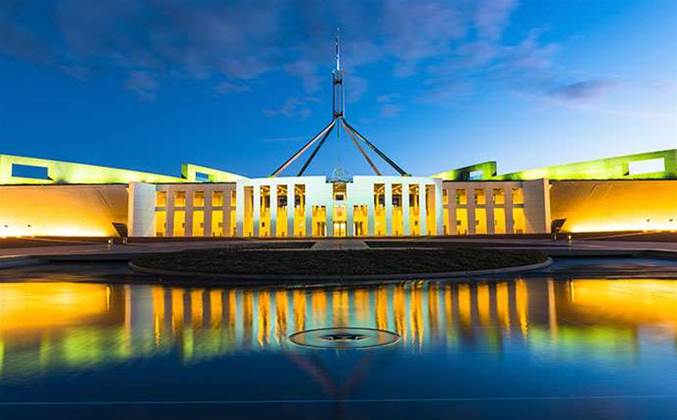There's only one government IT shop in Australia that can command the undivided attention of every elected representative in Canberra and it's about to put its the most political user base in the nation to the test.

The Department of Parliamentary Services has revealed it will finalise its digital strategy in late 2018, before spending the following year deciding how the new plan can best be implemented ahead of a further one to three years to transform itself.
“My challenge over the next couple of months is to finalise an Australian Parliament digital strategy that will look at what this place is going to look like in three to five years time,” CIO Antony Stinziani told the Gartner Symposium on the Gold Coast today.
“The digital strategy itself will probably only be about a dozen pages,” Stinziani said, adding that it can be that brief because it will consist of “the why and the what”.
To determine those factors, Stinziani and the team conducted workshops with departmental staff, plus one-on-one interviews with 40 parliamentarians.
The CIO said some MPs are an asset as they’re young, have come from forward-thinking private sector businesses that use leading-edge technology and thus bring good experiences and good ideas.
Asking them to share their ideas means that “when we get to the budget decisions discussions over the next couple of years, we don’t have to talk about that any more. Everyone is bought-in,” he said.
Starting in 2019, Stinziani and his team will therefore be able to contemplate “the how” : plan, roadmaps and actual projects.
The Parliamentary Services CIO pointed out that Parliament House’s operations include substantial catering operations, the ongoing effort to maintain its extensive grounds, plus services for the thousands who work in Parliament.
But the core business of the Parliament is “a giant publishing house.”
“Data and information is our core business at the end of the day. And that raises the question of whether infrastructure is our core business.”
“That then promotes the conversation about cloud.” But Stinziani said a blanket cloud edict won’t work: he instead expects he’ll have to ask “what does cloud mean” for each part of the business.
Whatever decision is made, Stinziani said he doesn’t think security matters will prove decisive because he feels that cloud has proven itself no more risky than other approaches to infrastructure.
Given the recent accidental loss of a safe full of Cabinet papers at the Department of Prime Minister and Cabinet, he has a point.
A bigger issue, Stinziani said, will be the department’s own IT staff who he said will need to augment their skills to address whatever cloud technologies are adopted, while still performing existing roles with existing skills.
“They will be involved in multi-disciplinary teams that are deploying to cloud, so their jobs will evolve,” he said.
He’s therefore “focussing on change management. We’re over-cooking it a bit now. We brought in help and are building our own capacity.”
“We are also chatting to vendors about what this means for our people.”
But Stinziani’s told his vendors to let he and his team write the strategy by themselves: while he welcomes input and ideas, he told the conference that it is critical for any organisation to use its coalface insights to develop plans rather than outsource their creation.










 iTnews Executive Retreat - Security Leaders Edition
iTnews Executive Retreat - Security Leaders Edition












_(1).jpg&h=140&w=231&c=1&s=0)



